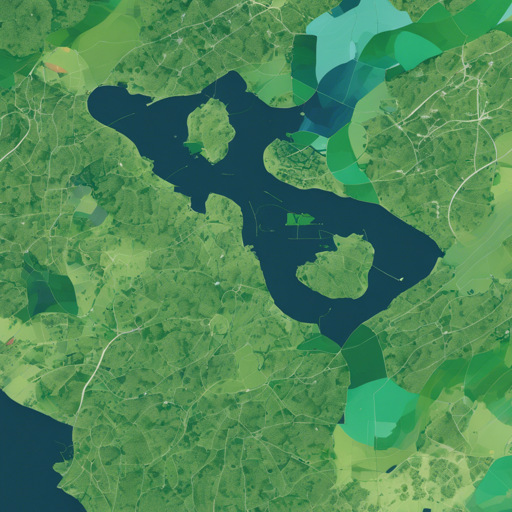Welcome to the AiTLAS Toolbox, where cutting-edge machine learning meets the vast expanse of Earth observation (EO) data! In this article, we will guide you through the steps to get started with AiTLAS, discuss some practical applications, and troubleshoot any issues you may encounter along the way.
What is AiTLAS?
The AiTLAS toolbox (Artificial Intelligence Toolbox for Earth Observation) has been crafted to provide state-of-the-art machine learning methods for both exploratory and predictive analysis of satellite imagery. Imagine AiTLAS as a toolkit for a craftsman; just as a craftsman uses specialized tools to bring their vision to life, AiTLAS equips Earth observation experts with advanced AI techniques to interpret and analyze vast datasets effectively. Using AiTLAS, you can tackle numerous tasks such as:
- Land use and cover classification
- Crop type prediction
- Localization of specific objects (semantic segmentation)
Getting Started: Installation
Ready to dive in? Let’s install AiTLAS! The recommended approach is to create a virtual environment to keep your packages organized. Here’s how to do it:
Step-by-Step Installation
- Navigate to the folder where you cloned the AiTLAS repository.
- Create a virtual environment:
- Activate your virtual environment:
- Install necessary packages (especially on Windows) using the Unofficial Windows wheels repository:
- Install the AiTLAS requirements:
- Start using AiTLAS with the following command:
- If you wish to use AiTLAS as a package, run:
bash
conda create -n aitlas python=3.8
bash
conda activate aitlas
bash
pip install GDAL-3.4.1-cp38-cp38-win_amd64.whl
pip install Fiona-1.8.20-cp38-cp38-win_amd64.whl
pip install rasterio-1.2.10-cp38-cp38-win_amd64.whl
bash
pip install -r requirements.txt
bash
python -m aitlas.run configs/example_config.json
bash
pip install . # Run in the cloned repo folder
Note: Make sure to download the datasets from their respective sources. You’ll find links for each dataset in the AiTLAS datasets class or use the AiTLAS Semantic Data Catalog.
Troubleshooting Common Issues
If you run into any issues during installation or usage, here are some troubleshooting tips:
- Ensure you are using the correct version of Python (3.8 is recommended).
- Check that you have activated your virtual environment before installing packages.
- If packages fail to install, try running the commands in an administrator command prompt, especially on Windows.
- For any dataset retrieval issues, revisit the dataset source links mentioned in the AiTLAS documentation.
For more insights, updates, or to collaborate on AI development projects, stay connected with fxis.ai.
Conclusion
At fxis.ai, we believe that such advancements are crucial for the future of AI, as they enable more comprehensive and effective solutions. Our team is continually exploring new methodologies to push the envelope in artificial intelligence, ensuring that our clients benefit from the latest technological innovations. Dive into the world of AiTLAS, and unleash the full potential of Earth observation data with machine learning!

